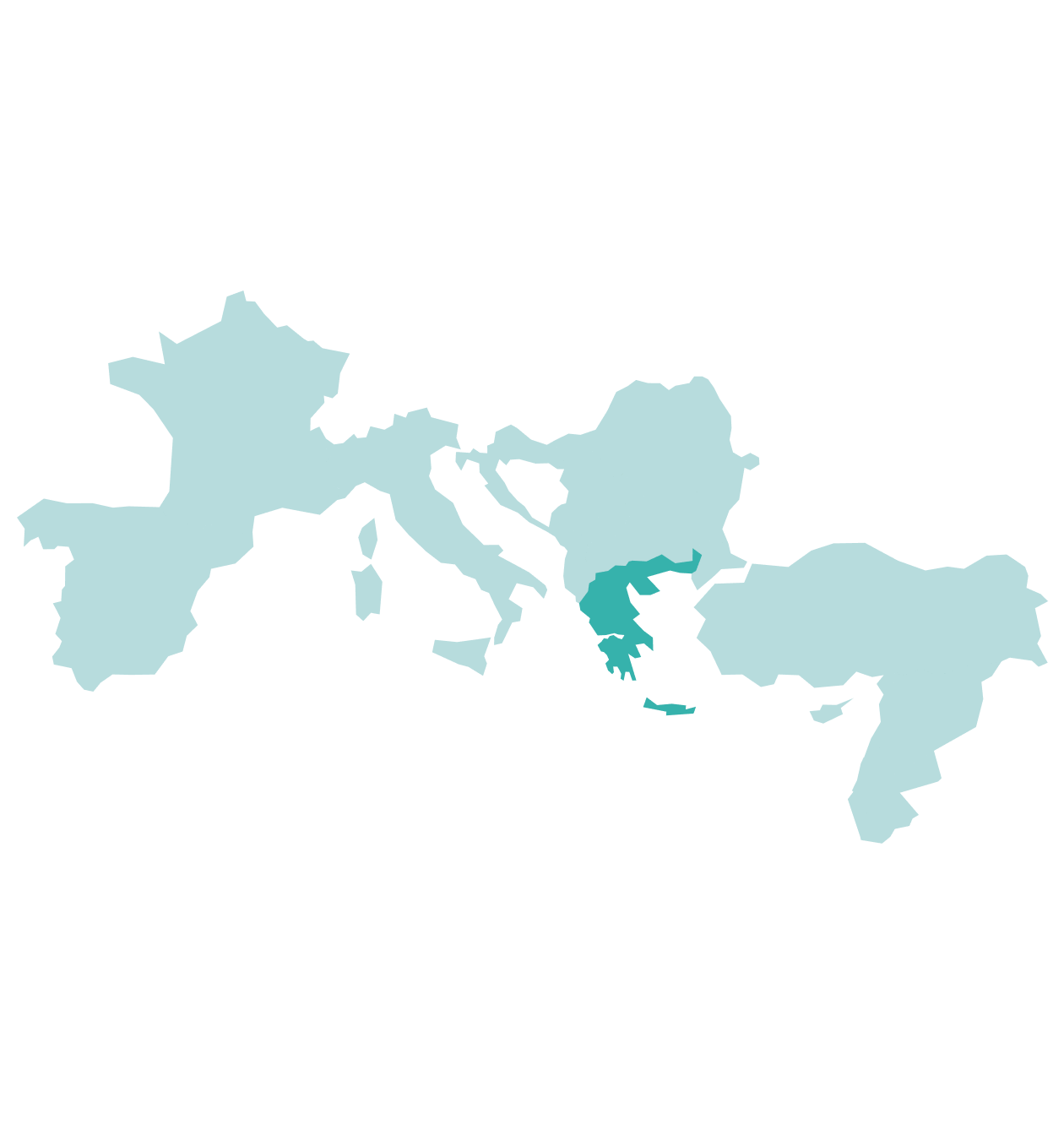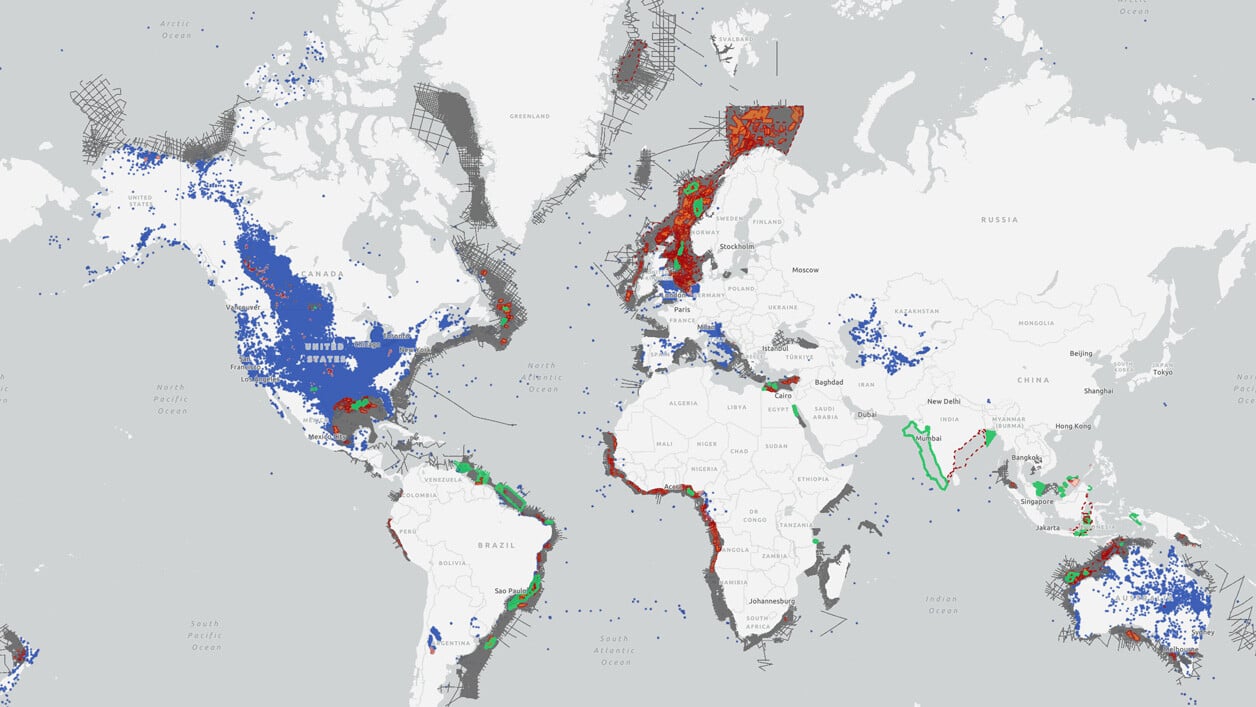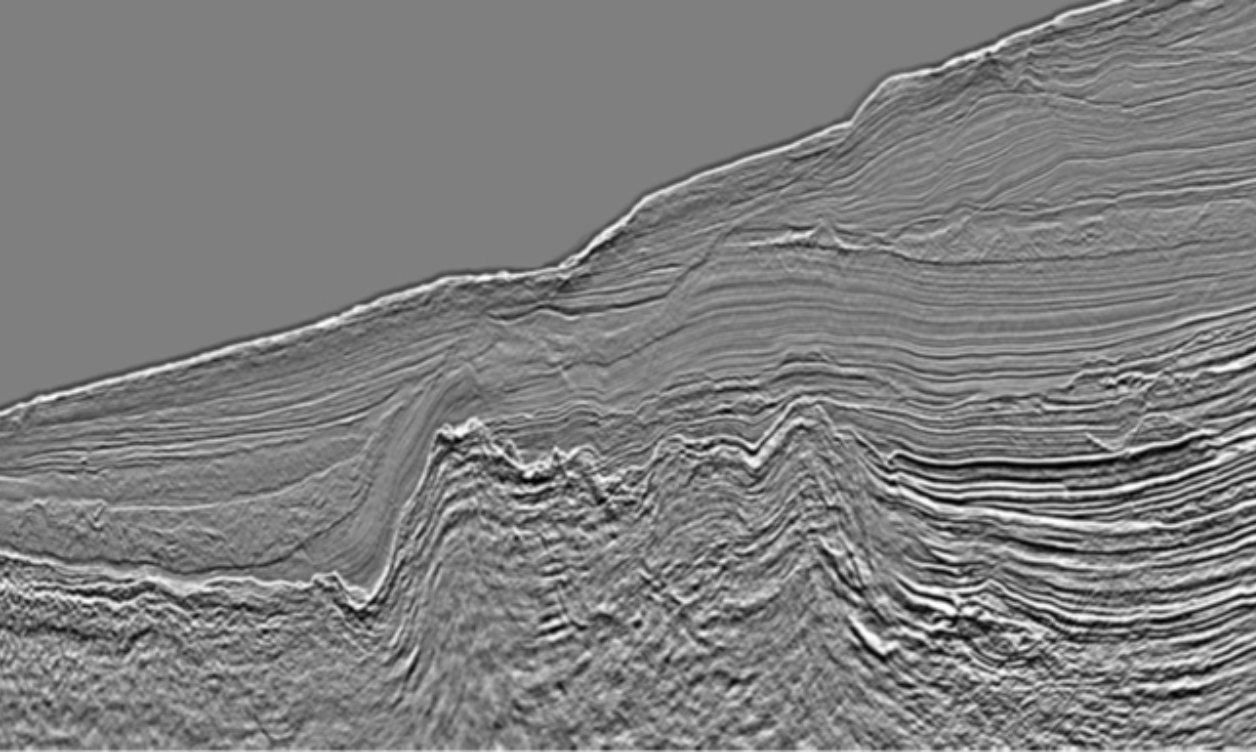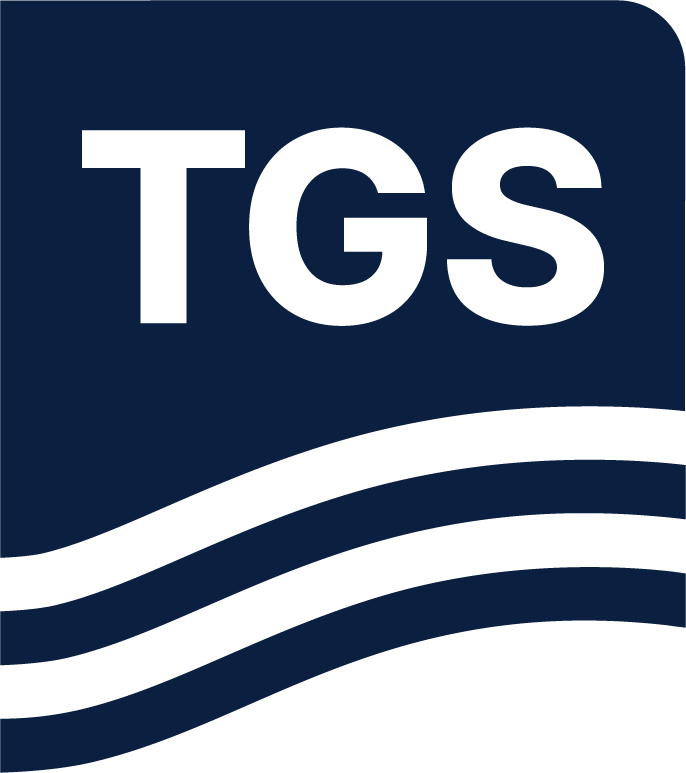Greece is opening new frontiers for hydrocarbon
exploration, with formal tenders set for two off shore
blocks — A2 and South of Peloponnese — following
expressions of interest.

Why Greece?
Greece's Mediterranean offshore is a frontier exploration region that holds strong geological promise. The Katakolon discoveries, along with hydrocarbon finds in neighboring Albania and Italy, provide evidence of a working hydrocarbon system. Offshore Greece features diverse geology with many different hydrocarbon play types to target.
Licensing Round Opportunities
Greece is opening new frontiers for hydrocarbon exploration, with formal tenders set for two offshore blocks - A2 and South of Peloponnese - following expressions of interest.
Data Availability
A comprehensive suite of multi-client seismic data is available to aid prospectivity evaluation. A 12,500 km GeoStreamer survey was conducted in 2012 in partnership with the Ministry of Environment and Energy – this was reprocessed using modern depth imaging (KPSDM) workflows in 2018 and covers a broad part of the Greece offshore.
Legacy conventional data (9,700 km) were reprocessed (PSTM) in 2012 and IFREMER research data (12,700 km) were reprocessed to enhance their exploration value in 2000.


Greece's Potential
Offshore Greece lies within a tectonically active region, where the Kefalonia boundary acts as a transfer zone and marks the division between the Hellenides fold and thrust belt and the Hellenic Arc. To the south, the Mediterranean Ridge forms the Miocene-to-present accretionary wedge of the Hellenic Arc, shaped by the subduction of the African plate beneath Eurasia. Thick Messinian salt deposits developed in the deepest areas during the Miocene.
North of the Kefalonia transfer zone, the Apulian carbonate platform (Jurassic to early Miocene) extends eastward to meet the edge of the Hellenides fold and thrust belt. Hydrocarbon fields have been discovered on the Italian side of the Apulian platform and within the Albanides, part of the broader Hellenides fold and thrust system. Key trapping mechanisms in the region include sub-thrust, salt-related, and stratigraphic traps, with source rocks spanning Triassic and Jurassic-Cretaceous shales. Reservoirs consist of clastic and carbonate sequences.
Imaging deeper targets remains challenging due to complex tectonic deformation. However, recent exploration success in Mesozoic carbonate plays across the Eastern Mediterranean—whether biogenically charged (e.g., Egypt) or thermogenically charged (e.g., Libya)—highlights the potential of Greece’s offshore basins. With reprocessed and modern seismic data advancing exploration, Greece presents a strong opportunity for offshore hydrocarbon discoveries.
Speak to a Specialist
Interested in a product demo or trial? Let us know your needs and we’ll connect you to the right person or team.
Book a Data Viewing
Want to see the latest seismic data solutions and imaging technologies in your region of interest or for the next license round? Book a data viewing with one of our experts.
Discuss Your Seismic Data Needs
Every need is different and we'd like the opportunity to discuss yours further. Speak to one of our data or geoscience experts to customize seismic solutions specific to your requirements.


